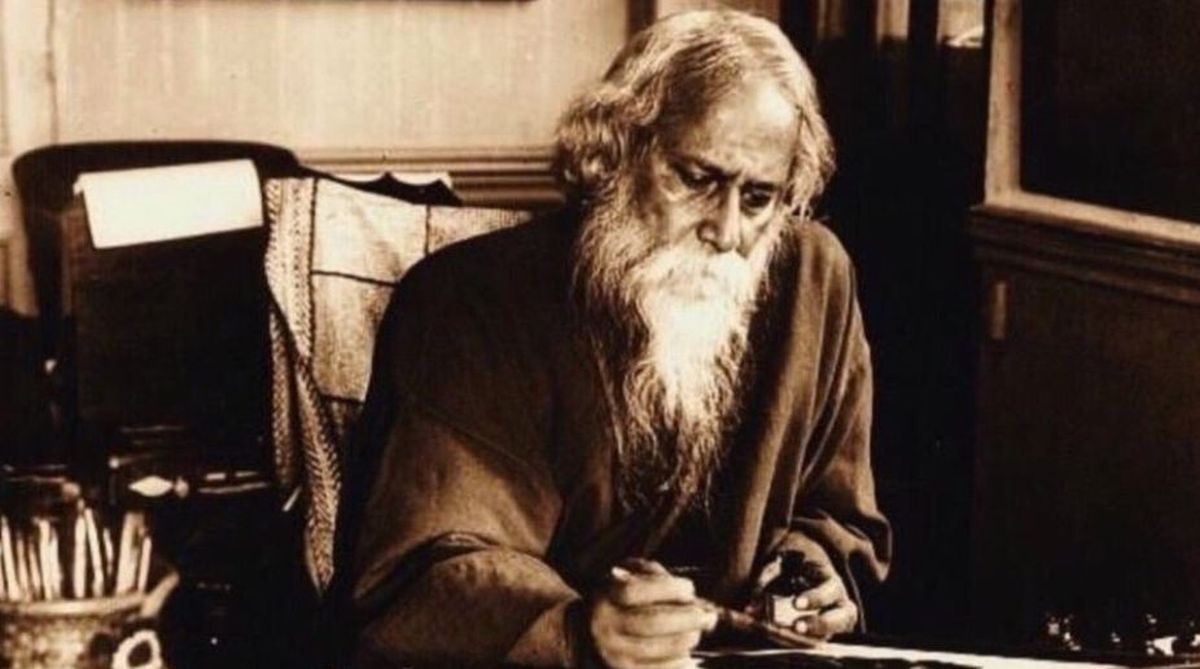Rabindranath Tagore, the first Nobel prize winner from Asia, is known for different reasons in my home. For my patriot Grandfather, he is the man who returned the knighthood after the Jallianwala massacre. For my little brother who has to rote learn all the facts, he is the only person to write the National Anthem for two countries. For my mother who is a teacher, he is an educationalist who gave many important views on education. But for me, a literature enthusiast, he is an incredible storyteller who wrote mesmerizing tales of love, betrayal, passion and a magnitude of other human emotions.
Rabindranath Tagore died on 7 August, 1941. It has been 77 years since. But his stories written a hundred years ago keep reminding us of his genius. His stories are simple tales that keep telling us that most immortal pieces of literature are those that depict the rawest of human emotions.
Advertisement
Rabindranath Tagore wrote a number of fascinating tales. But five of them are an absolute must to read to understand his marvel.
Gitanjali
Can one discuss Rabindranath Tagore without discussing Gitanjali? Translated into English as “Song Offerings”, this is a collection of 103 prose poems that made him the first Asian to win the Nobel Prize in Literature. With an introduction by Irish poet William Butler Yeats, the poems’ main subject is the relationship between human being and the divine. The poems contain some hauntingly beautiful lines like-
“The dawn has shut her eyes
The wind pointlessly moans
Someone has draped in dense cloud
The innocent blue of the sky”
Chokher Bali
Translated in English as “Eyesore”, this novel follows the story of a young and beautiful widow Binodini who comes to live with a rich man Mahendra and his wife Ashalata. Binodini sees the luxuries of the house and starts an affair with Mahendra while pretending to be Ashalata’s friend. When Ashalata finds out about this, she is devastated and leaves the house to go to Varanasi. Despite being a family drama, this novel raises social issues like child marriage, women education and widow remarriage. A must read for anyone who wants to feel contemporary Bengal.
READ | Tagore on Religion~I
READ | Tagore on Religion~II
Ghare Baire
Translated into English as “The Home And The World”, this novel has Swadeshi Movement as its backdrop. Each chapter is told from the viewpoint of the novel’s three main characters, Bimla; her husband Nikhil; and Sandip ,a leader in Swadeshi movement. Both of the male characters represent conflicting views on the way India should aim for independence. Nikhil stands for peace and Sandip for violence. The most beautiful part of the novel is that the reader along with Bimla will struggle about the path to choose but will know everything in clarity by the end of novel. A must read for anyone who wants to know about India’s struggle for Independence.
Kabuliwala
Kabuliwala is what true literature is supposed to be. The tale is narrated by the father of a small child Mini who forma a bond with a dry fruit seller Rahamat. Talkative Mini converses with Rahamat everyday and he starts to think of her as his daughter. Tragedy strikes him and he is jailed for a long time.When he comes out of jail, everything is changed and so is Mini. This story is a must read for anyone who has ever experienced nostaligia.
The Postmaster
The story takes place in Ulapur, a small village. A postmaster from Calcutta gets stationed there. He does not adapt easily to the new change and longs to go home. He employs Ratan, an orphan girl to do some chores for him and to pass the time also teaches her to read. Ratan becomes attached to him and starts calling him “Dada”. After he quits his job, Ratan asks to take her along with him to Calcutta. The main theme of the story is loneliness and the bonds we form with strangers. This story is a must read for anyone who has ever hoped against hope.









